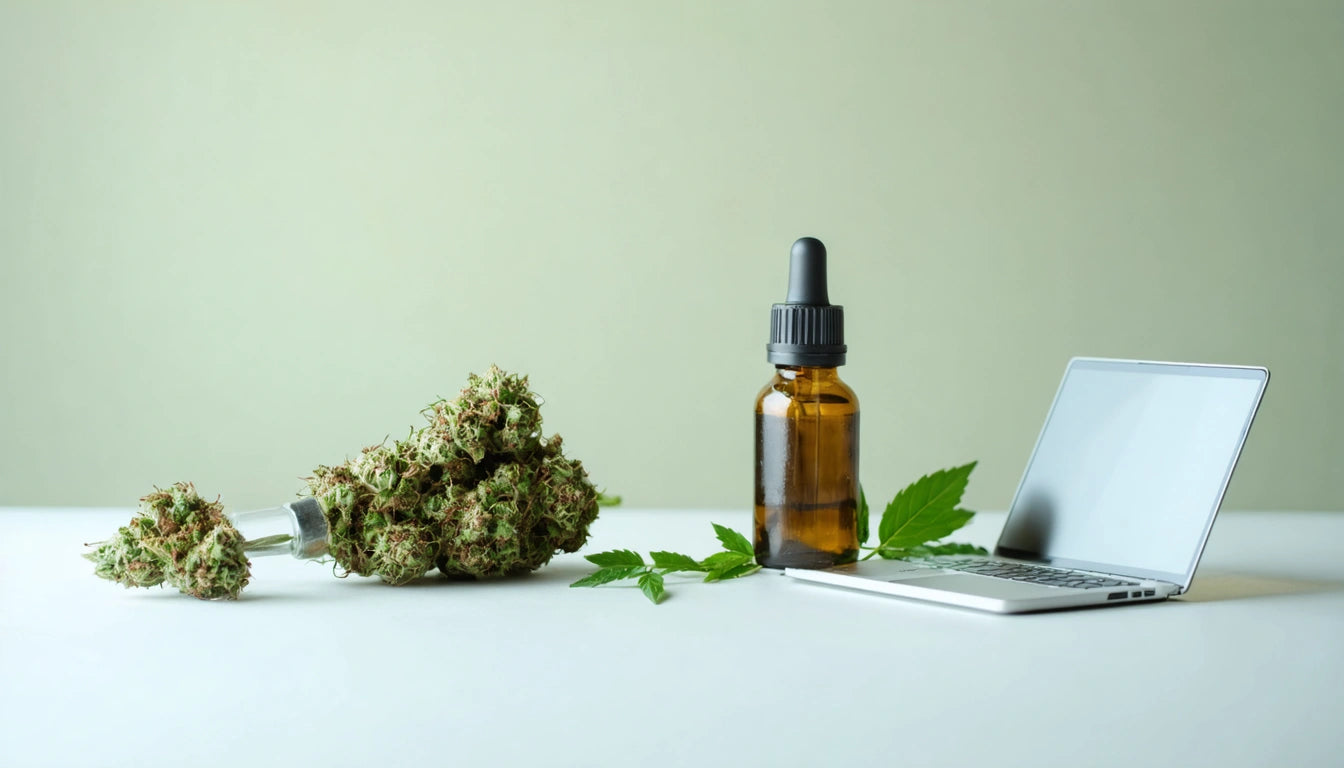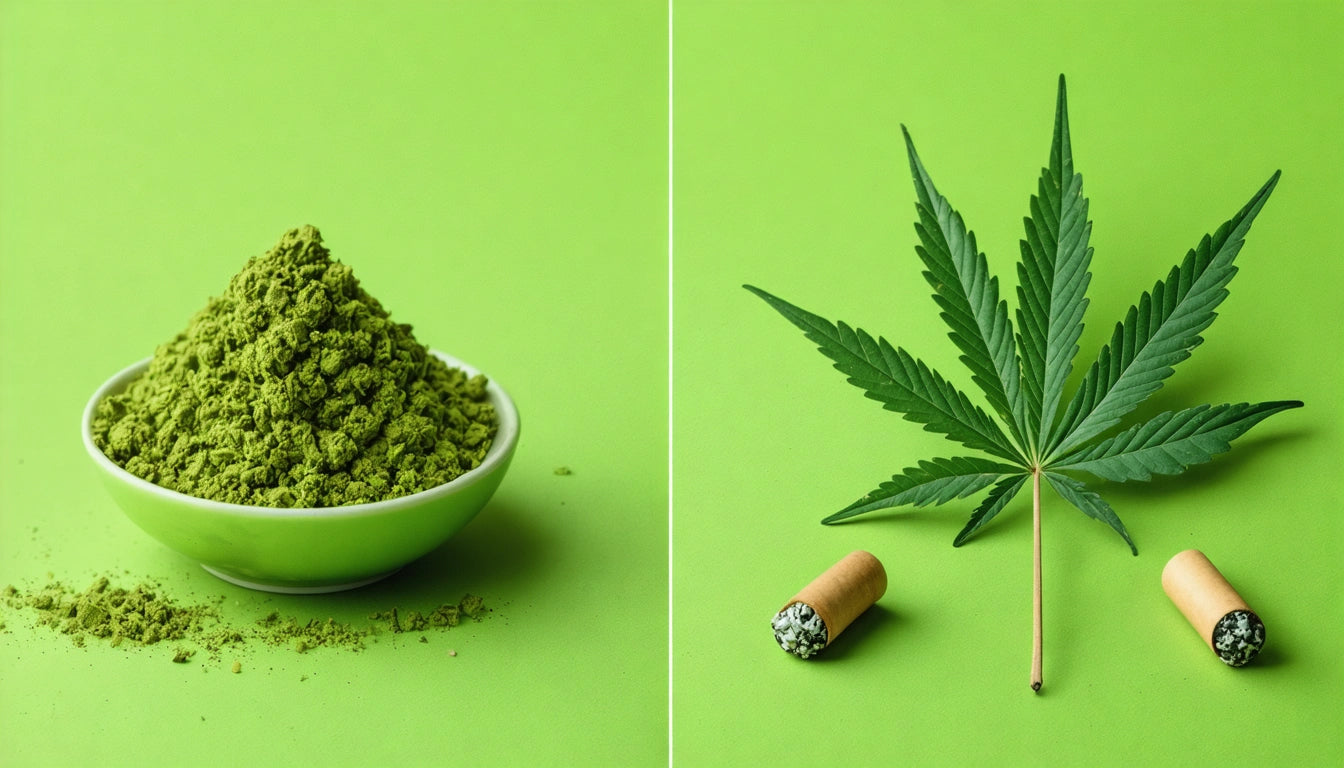Table of Contents
The cannabis industry faces unique challenges when selecting packaging for edible products. Beyond meeting strict regulatory requirements, brands increasingly prioritize sustainability to align with consumer values and reduce environmental impact. Understanding the differences between biodegradable and recyclable packaging options is crucial for making informed decisions that balance compliance, functionality, and eco-friendliness.
Understanding Sustainable Packaging Options
Sustainable packaging falls primarily into two categories: biodegradable and recyclable materials. Each offers distinct advantages and limitations when applied to cannabis edibles packaging.
Biodegradable packaging breaks down naturally through biological processes, returning to the environment without leaving harmful residues. Recyclable packaging, however, can be processed and repurposed into new products, extending the lifecycle of the materials and reducing waste.
According to research on sustainable packaging options, the cannabis industry is increasingly adopting eco-friendly alternatives to traditional plastic packaging, with biodegradable and recyclable solutions leading this shift.
Biodegradable Materials for Cannabis Edibles
PLA (Polylactic Acid)
PLA is derived from renewable resources like corn starch or sugarcane. It resembles conventional plastic but breaks down under industrial composting conditions. For edibles packaging, PLA offers:
- Transparency options for product visibility
- Rigidity for structural integrity
- Compostability in proper facilities
However, PLA requires specific conditions to biodegrade and isn't suitable for home composting. It also has temperature limitations that may affect certain edible products.
Hemp-Based Packaging
Hemp packaging represents a full-circle solution for the cannabis industry. Hemp grows quickly with minimal environmental impact and creates sturdy packaging materials. While exploring innovative materials for our product lines, we've found that customized packaging solutions made from sustainable materials can significantly reduce environmental footprint while maintaining brand identity.
Recyclable Packaging Solutions
Glass Containers
Glass remains one of the most recyclable materials available, with virtually unlimited recycling potential. For cannabis edibles, particularly beverages and tinctures, glass provides:
- Superior product preservation
- No chemical leaching
- Premium aesthetic appeal
- Infinite recyclability
The drawbacks include weight, fragility, and higher shipping costs. Glass containers must also incorporate child-resistant features to meet regulations, as detailed in guidelines for child-resistant edible packaging.
Recyclable Plastics
Not all plastics are created equal when it comes to recyclability. For edibles packaging, the most commonly recycled options include:
- PET (polyethylene terephthalate) - widely accepted in recycling programs
- HDPE (high-density polyethylene) - durable and highly recyclable
- PP (polypropylene) - resistant to moisture and suitable for various edible formats
When designing recyclable plastic packaging, single-material construction improves recyclability by eliminating the need to separate components. This consideration is particularly important for gummies, chocolates, and beverage packaging.
Compliance and Sustainability
Sustainable packaging must still meet all regulatory requirements for cannabis edibles, including:
- Child-resistance features
- Opacity requirements in many jurisdictions
- Tamper-evidence
- Space for required labeling and warnings
Finding sustainable materials that fulfill these requirements presents challenges. For example, opaque packaging requirements limit the use of clear, recyclable materials like PET, while child-resistant mechanisms often incorporate multiple materials that complicate recycling.
Brands must navigate these competing priorities carefully, as compliance mistakes can lead to costly penalties and product recalls.
Environmental Impact Considerations
Life Cycle Assessment
When evaluating packaging sustainability, consider the entire life cycle:
- Raw material sourcing and processing
- Manufacturing energy requirements
- Transportation impacts
- End-of-life scenarios (biodegradation, recycling, landfill)
A biodegradable option might seem ideal but could require more energy to produce than a recyclable alternative. Similarly, recyclable packaging only benefits the environment if consumers actually recycle it.
Consumer Behavior
The effectiveness of sustainable packaging depends heavily on consumer behavior. Biodegradable packaging may end up in landfills where it cannot properly decompose, while recyclable packaging requires consumer participation in recycling programs.
Clear communication on packaging about proper disposal methods can improve outcomes. Some brands include QR codes linking to detailed recycling or composting instructions.
Making the Right Choice for Your Brand
The decision between biodegradable and recyclable packaging should consider:
- Product requirements (shelf life, moisture barriers, etc.)
- Target market's environmental priorities
- Local recycling infrastructure
- Brand positioning and values
- Budget constraints
Many successful brands are adopting hybrid approaches. For example, using recyclable primary packaging with biodegradable secondary packaging, or incorporating post-consumer recycled content into new packaging.
As regulatory trends evolve, staying informed about emerging materials and technologies will help brands maintain compliance while advancing sustainability goals. The most forward-thinking companies view sustainable packaging not as a constraint but as an opportunity for innovation and brand differentiation in the competitive cannabis edibles market.











Leave a comment
All comments are moderated before being published.
This site is protected by hCaptcha and the hCaptcha Privacy Policy and Terms of Service apply.